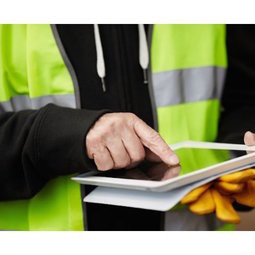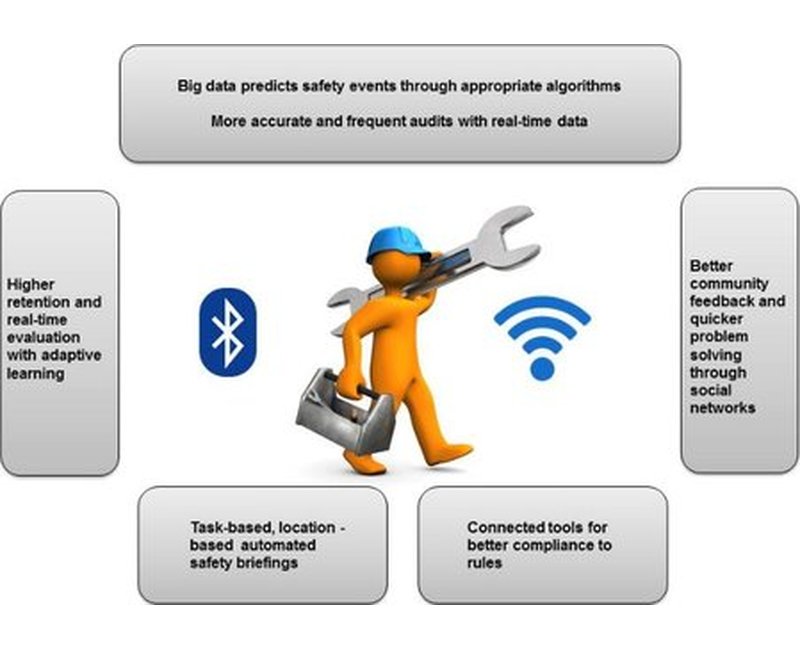
Published on 08/03/2016 | Strategy
If you drive down a road in Tennessee, it is very likely that the Highway Patrol will be on the scene before you encounter an accident. This is because their big data algorithm is able to predict where and when an accident might take place in their network.
Needless to say that very soon our factories, houses, buildings and cars will be equipped with their very own new generation of sensors, software and robots, which will make them safer than ever before. Insurance companies have already understood this and are adapting their offers to suit.
In factories, these technologies – branded under Industry 4.0 – will also transform how safety is managed, so that it becomes, in a sense, Safety 4.0. This should help reduce workplace absenteeism and increase employee motivation thanks to a better and more engaging working environment.
In addition to providing more information for audits, the Internet of Things (IoT) will also help improve equipment safety though better maintenance solutions – like the one offered by GE’s Predix. And better man-machine connectivity will improve standard operating conditions, such as making sure that operators wear the proper protective equipment. Finally, wearables, like the Sony glasses used by Virgin for aircraft maintenance, will provide users with real-time, local warnings hazards.
Since ongoing communication and training is the foundation for safety awareness (and associated, adapted behaviour), digital technology will make it easier for companies to develop a more personalised way of delivering messages beyond traditional management briefs and one-off training sessions. Adaptive learning solutions, like the one put in place by Knewton, a New York-based start-up, propose algorithms to ensure that employees learn according to their level.
It goes without saying that leaders should encourage these emerging technologies, and top management rethinking its safety strategy in this new digital ecosystem will be an important first step. Being able to exchange safety information through corporate social networks will allow for faster information spread in a community that transcends existing hierarchy. Real-time information provided to front-line workers, for example, should help empower this category of employee. In short, it is the very DNA of a company that needs to be reviewed.
Such a transformation evidently goes beyond safety, but starting the journey with this important topic, with its ever-stricter legislation, would be a good place to begin.
Safety first!
